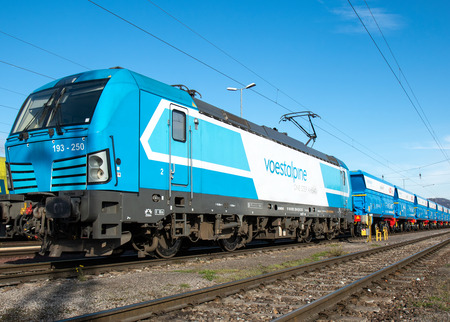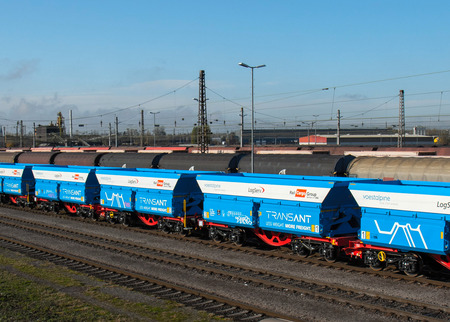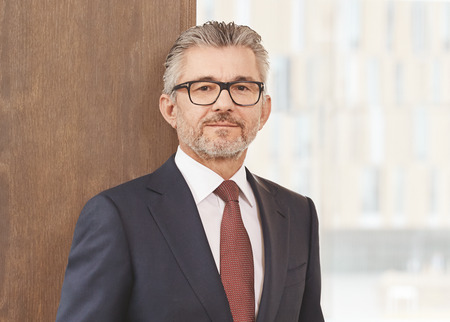voestalpine supplies cutting-edge solutions made of ultra-high tensile steels for lightweight automotive construction. The Group’s “phs-ultraform” product innovation — hot-dip galvanized strip steel and the process of turning it into press-hardened auto parts — has already become a new, worldwide standard for the manufacture of lightweight components that provide greater corrosion protection and improved crash performance. Premium automakers utilize components made of phs-ultraform for side members, A and B-pillars, struts in side walls and doors (crash-relevant components), as well as sills.
voestalpine is also forging new approaches to the design of the new lightweight freight cars: This is the very first time so-called topology optimization is being applied in the construction of freight cars. The technology, which so far has been used in automotive and aerospace construction, involves a software algorithm that works out a particular design proposal autonomously based on predetermined parameters. This yields a structure that combines minimum weight with maximum tensile strength.
Logserv (voestalpine’s logistics subsidiary) is already using the initial batch of freight cars to carry out iron ore transports with great success. The freight cars’ innovative lightweight design will make it possible to reduce the number of train trips by about 100 per year.



